Graphene Week comes home to Manchester
Applications Collaborations Research 23 June 2015
Graphene Week 2015 officially opened at The University of Manchester yesterday (Monday 22 June). The key international conference is organised by the Graphene Flagship, a 1bn euro research initiative.
Over 650 academics arrived at University Place on Oxford Road for the first packed day as Graphene Week was held in Manchester for the first time. The programme of events was officially opened by conference Chair and University of Manchester academic Dr Cinzia Casiraghi alongside a welcome from Prof Vladimir Falko.
“We hope that you will enjoy Graphene Week and that your interaction with your colleagues from around 40 different countries will stimulate a creative exchange of ideas and will be personally rewarding. We also hope and trust that you will enjoy your visit to the lively city of Manchester.”
Dr Cinzia Casiraghi, Graphene Week 2015 Conference Chair
Thomas Skordas, Head of the Graphene Flagship celebrated how far the ninth Graphene Week conference had come. It has grown from 26 attendees in its first instance to hundreds of international academics. Speaking to a capacity lecture theatre Skordas addressed the scientific community directly saying, “Keep your hunger for innovation.”
The first plenary session was introduced by Prof Kostya Novoselov who stated “The best way to organise a conference is to invite the best people and just let them speak.” Philip Kim, Professor of Physics at Havard University took to the stage to present his talk on phenomena found in thermal and thermoelectric transport in graphene.
Subsequent talks were presented by Shu-Jen Han (IBM), Rodney S. Ruoff (UNIST) and Wolfgang Templ (Alcatel Lucent).
Kostya’s talk concluded the morning session. He presented some of his group’s recent and current research on van der waals heterostructures, combining graphene with boron nitride to make new designer materials. This strand of research led to the development of a tiny LED being created here at the University in February. The LED could potentially be a precursor to transparent and flexible electronic devices.
In parallel to the Graphene Week academic conference, a series of industry focused workshops were taking place over at the National Graphene Institute. 75 delegates were introduced to the commercial potential of the world’s thinnest material.
The Graphene Industry Workshops are a weeklong run of key engagement events for public sector business supporters, manufacturing businesses and industry leaders to engage and develop increased awareness and knowledge of graphene and other 2D materials.
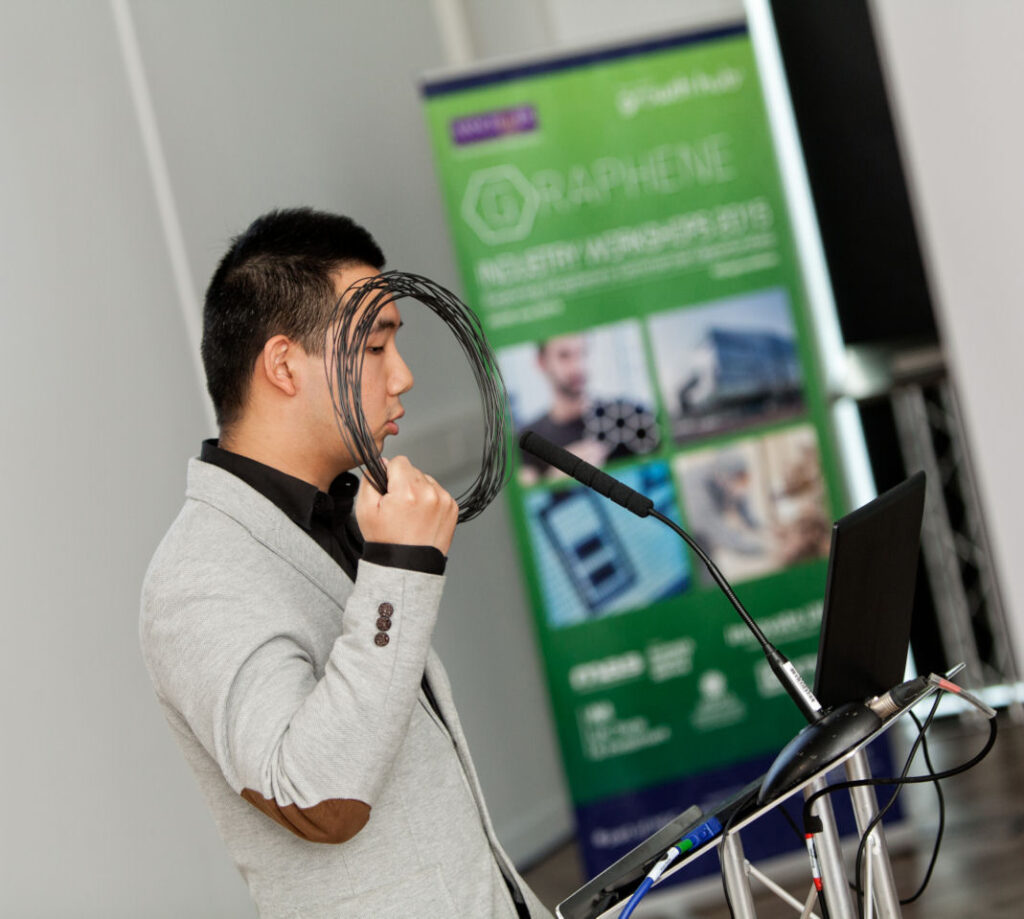
The series of lectures and networking opportunities were organised by The University of Manchester and the Business Growth Hub to encourage local SMEs to explore the advantages of working with graphene.
The four days of workshops began with an introduction to graphene’s material properties. Functional application areas including energy, electronics, composites and biomedical were also demonstrated along with opportunities to engage with the NGI and work alongside University of Manchester scientists.
Day one of the conference which saw the world’s graphene community in Manchester alongside an engaged industry audience ended with a reception at Manchester Town Hall in the evening. The Lord Mayor, Councillor Paul Murphy, welcomed the international audience and celebrated Manchester as the city where graphene research began in earnest before saying that Manchester was a city built on immigration and industry.
Prof Dame Nancy Rothwell, President and Vice-Chancellor of The University of Manchester also praised the fantastic wider programme of events throughout Graphene Week before introducing composer Sara Lowes on to the stage. Sara, composer in residence at the NGI, officially closed the first day by previewing two movements from her musical piece Graphene Suite. The full performance is open to all and is free to attend on Thursday 25th June, 1pm at the Martin Harris Centre.
collaborationcommercialisationGraphene Week 2015National Graphene Institute


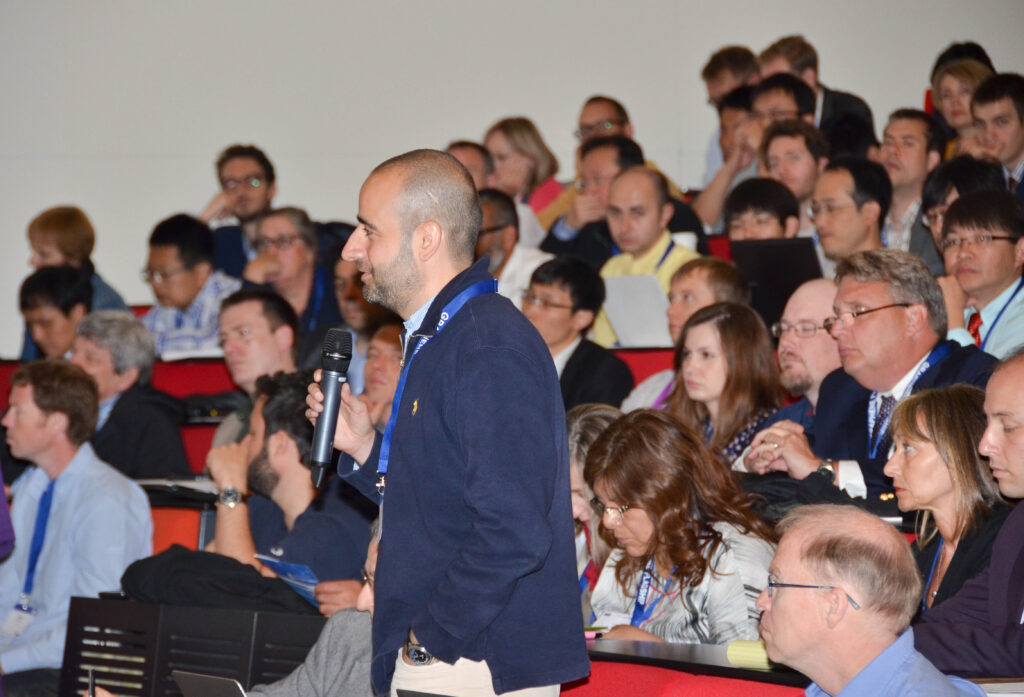
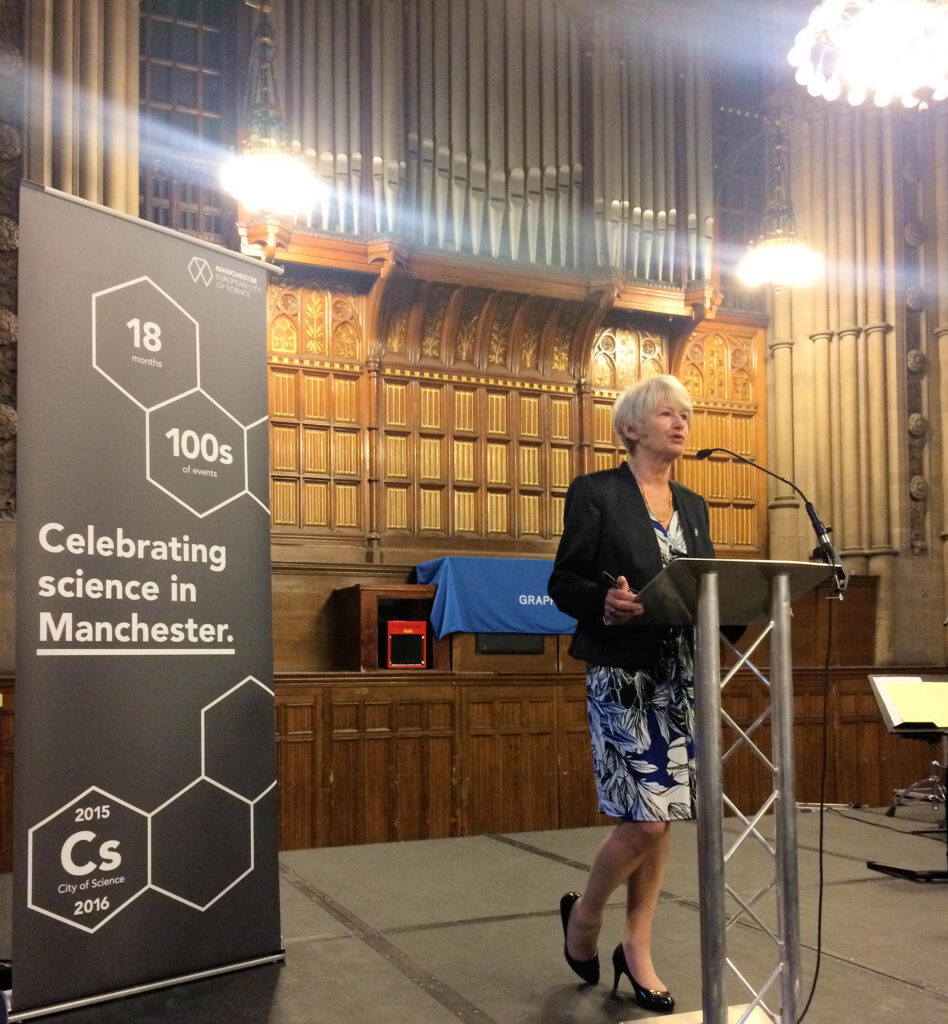

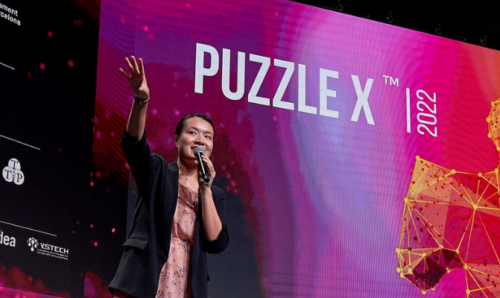
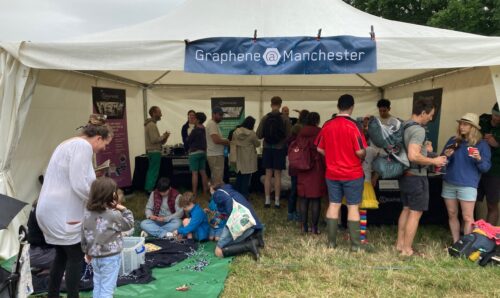
Leave a Reply